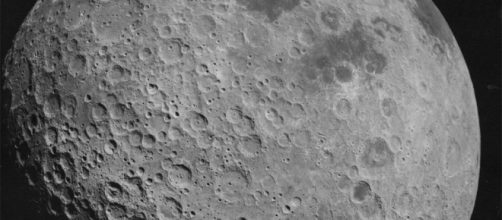Mars, the red planet that is the fourth rock from the sun, has captivated humanities imagination in recent decades. It is seen as our species potential home away from home and as a key building block for humanity to expand beyond Earth. Some argue that it is folly to spend such resources going there, while others think it is of dire importance that we expand beyond our home world. NASA has plans in the works to send the first humans to Mars at some point in the 2030s, which may involve a yearlong mission to the moon first.
NASA's Moon plans
A few days ago agency officials at the National Aeronautics and Space Administration (NASA) said that a group of astronauts could spend a year in orbit around the moon in preparation for Mars.
This information came from NASA's deputy associate administrator for policy and plans in their Human Exploration and Operations Directorate, Greg Williams. He was speaking at the Humans to Mars Summit in Washington, D.C. when he gave those in attendance an in-depth look at the first two phases in NASA's current Mars plan.
NASA has plans to build what they call a 'deep-space gateway' in orbit around the moon to act as a testing area for technology and operations for Mars missions. At some point, this 'gateway' would serve as a launching point for the shuttle that will take humans to the red planet. The planned yearlong training mission is projected to take place in 2027 and is one of the plans major milestones.
This will also mark the start of phase two in NASA's plans.
What would Phase one be then?
Everything described above is part of NASA's phase two plans for Mars, but what about the first step that Williams mentioned? Phase one is on pace to be carried out between 2018 and 2026. It will involve at least five separate missions, four of them involving a crew of astronauts. The goal of these missions will be to deliver hardware to the 'deep-space gateway.'
These deliveries would bring key pieces of equipment and infrastructure to the 'gateway.' These include a power and propulsion bus, crew habitat, an airlock and a logistics module to perform scientific research. The final delivery would be the 'Deep Space Transport' vehicle, that would eventually be used by the crew on their journey to Mars.
Williams did note that despite the outline NASA's plan is still ever evolving. He said that it is likely to change as other countries and industry partners come on board to support the mission.


